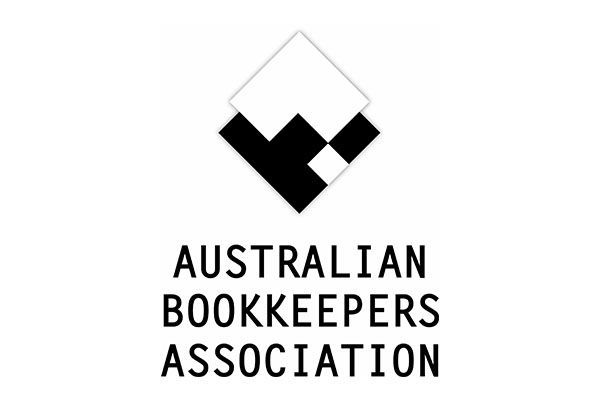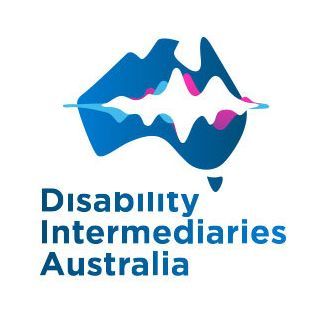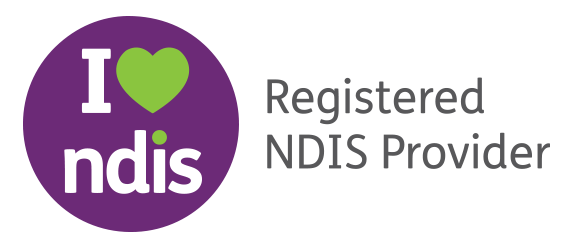Participant Enquiries
Understanding the Differences Between Level 1, 2, and 3 Autism — and How It Impacts NDIS Eligibility
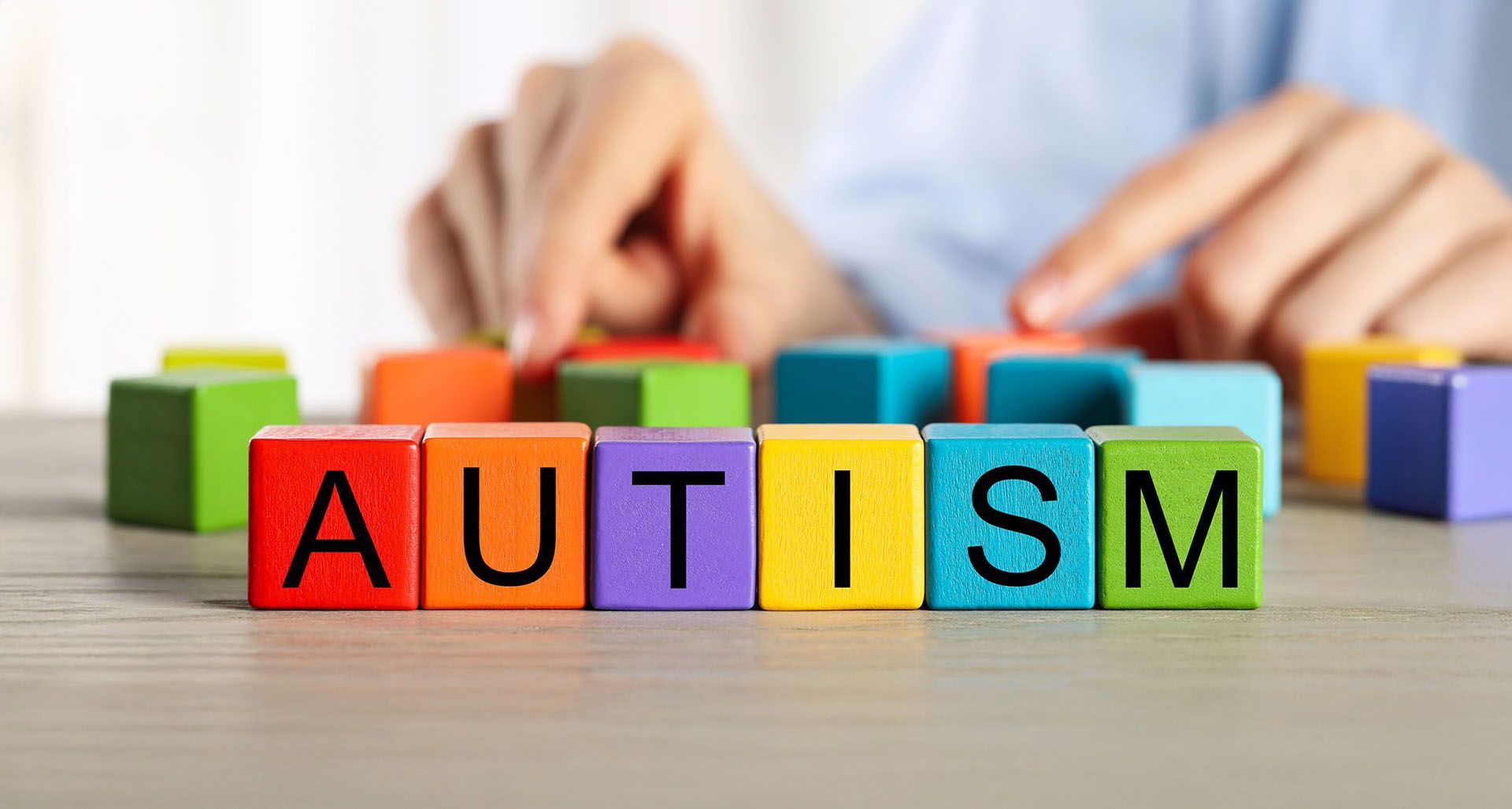
Not all Autism diagnoses are treated the same under the NDIS. While people with Level 2 and Level 3 Autism are automatically considered eligible (List A conditions), individuals with Level 1 Autism must provide additional evidence showing how their condition impacts everyday life.
In this blog, we’ll explore the differences between the levels, how Autism is assessed, when reassessment might be needed, and what you need to know about accessing support through the NDIS.
What Are the Levels of Autism?
Autism Spectrum Disorder (ASD) is diagnosed across three levels based on the amount of support needed in daily life:
- Level 1 – Requiring Support: Some difficulty with social communication, flexible thinking, and organising daily activities.
- Level 2 – Requiring Substantial Support: Noticeable and ongoing challenges that require regular, structured assistance.
- Level 3 – Requiring Very Substantial Support: Severe difficulties with communication, relationships, and coping with everyday changes.
Each level reflects how much support a person needs, not necessarily how “severe” their Autism is emotionally or socially.
Understanding Autism: Signs, Symptoms, and Terminology
What is Autism Spectrum Disorder (ASD)?
Autism Spectrum Disorder (ASD) is a developmental condition that affects how a person thinks, communicates, interacts socially, and experiences the world around them.
It is called a "spectrum" because individuals' characteristics and support needs vary widely.
Common signs and symptoms of Autism can include:
- Difficulty with social interactions (making friends, understanding social cues)
- Challenges with verbal and nonverbal communication
- A preference for routines and difficulties coping with change
- Highly focused interests or intense passions
- Sensory sensitivities (being overwhelmed by sounds, lights, textures, etc.)
- Differences in motor skills, movement, or body awareness
Not everyone with Autism will experience all these characteristics — every individual is different.
Understanding the Different Terms
In the past, terms like Asperger’s Syndrome, Pervasive Developmental Disorder – Not Otherwise Specified (PDD-NOS), or High-Functioning Autism were used.
Today, these are all officially diagnosed under the broader category of Autism Spectrum Disorder (ASD).
- Asperger’s Syndrome is now generally recognised as Level 1 Autism (requiring support).
- PDD-NOS also falls within the Autism Spectrum, often with varying support needs.
If you see these older terms in reports or assessments, it still means the person is considered to be on the Autism Spectrum under current NDIS guidelines.
Level 1 Autism: Requiring Support
Description:
People with Level 1 Autism may appear independent but often struggle with social interactions, flexibility, planning, or adapting to change.
- Examples:
- Difficulty maintaining friendships
- Trouble coping with changes to routine
- Executive functioning challenges (organising tasks, decision-making)
NDIS Impact:
Applicants with Level 1 Autism must provide
additional functional evidence
showing how Autism affects areas like communication, learning, self-care, social relationships, or community access.
A diagnosis alone is not enough.
Level 2 Autism: Requiring Substantial Support
Description:
Level 2 Autism involves substantial social communication difficulties and clear support needs across daily activities.
- Examples:
- Limited verbal communication or difficulty expressing thoughts clearly
- High dependence on structured routines and support
- Difficulty coping with unpredictable events without significant assistance
NDIS Impact:
People diagnosed with Level 2 Autism are included on List A, meaning they automatically meet NDIS disability requirements based on diagnosis.
No extra functional evidence is usually required beyond confirming the diagnosis.
Level 3 Autism: Requiring Very Substantial Support
Description:
Individuals with Level 3 Autism have very substantial support needs and often require intensive daily assistance to communicate, regulate behaviour, and complete activities of daily living.
- Examples:
- Non-verbal or minimally verbal communication
- Severe difficulty adjusting to change
- Significant safety risks without full-time supervision
NDIS Impact:
Level 3 Autism is also listed under
List A, and participants automatically meet the eligibility criteria with a formal diagnosis.
How Is Autism Assessed?
Autism Spectrum Disorder is usually diagnosed by a combination of:
- Developmental history and behavioural observations (interviews with parents, caregivers, or teachers)
- Standardised assessment tools, such as:
- Autism Diagnostic Observation Schedule (ADOS)
- Autism Diagnostic Interview – Revised (ADI-R)
- Functional assessments by allied health professionals (like occupational therapists, speech pathologists, psychologists)
An Autism diagnosis should always be made by a qualified specialist, such as a:
- Paediatrician
- Child Psychiatrist
- Clinical Psychologist
When Should Autism Be Reassessed?
For most individuals, Autism is considered a lifelong diagnosis.
However, functional capacity (the way a person participates in daily life) can change over time, particularly during childhood and adolescence.
You may consider seeking reassessment if:
- Functional needs change significantly (e.g., new communication skills, growing independence)
- A child transitions to adulthood and needs updated reports for future planning
- The NDIS requests updated evidence during plan reviews to assess current support needs
Important:
Reassessment is usually about updating functional evidence, not questioning the Autism diagnosis itself.
Why Does the Level Matter for the NDIS?
Because eligibility and evidence requirements vary:
| Autism Level | What’s Required for NDIS Access |
|---|---|
| Level 1 | Diagnosis + Functional Impact Reports showing daily living impacts |
| Level 2 | Diagnosis confirming Level 2 — automatically eligible (List A) |
| Level 3 | Diagnosis confirming Level 3 — automatically eligible (List A) |
What Is List A?
List A is a list of conditions that the NDIS recognises as highly likely to meet the disability requirements automatically.
If you have a formal diagnosis of a List A condition (such as Level 2 or 3 Autism), you usually do not need to provide extra evidence about your daily functioning; your diagnosis is enough.
Level 1 Autism is not included on List A, which is why extra evidence about daily living impacts is required for NDIS access.
If you’re applying with Level 1 Autism, you’ll need strong, current evidence showing how your disability affects:
- Self-care
- Communication
- Social interaction
- Mobility
- Learning
- Community access
This evidence can come from therapists, psychologists, teachers, or support workers.
Final Thoughts
Understanding the differences between Autism levels is essential for preparing a successful NDIS application. While Level 2 and 3 Autism diagnoses meet eligibility automatically, Level 1 applicants need to demonstrate how Autism impacts their everyday life.
Getting the correct assessments and support early can make a big difference if you or a loved one is navigating the NDIS application or review process.
Need Help Navigating Your NDIS Journey?
Empowrd assists individuals and families across the Eyre Peninsula with Support Coordination and provides participants with the best NDIS Plan Manager services across Australia.
Whether you're preparing for your first NDIS application, updating your evidence for a review, or managing your approved plan, we're here to walk alongside you.
Call (08) 8683 4401 or visit our website to learn more.

NDIS Plan Management and Support Coordination
At Empowrd, we are here to make your life easier. Based in Port Lincoln on the Eyre Peninsula, we offer a personal, accessible and holistic approach to NDIS Plan Management and Support Coordination.
We provide Plan Management services across Australia, assisting with financial administration, and offer Support Coordination to participants in Port Lincoln and Eyre Peninsula, connecting them with the right supports and providers. Our goal is to ensure your NDIS plan works for you, so you can focus on achieving your goals and doing what you love.
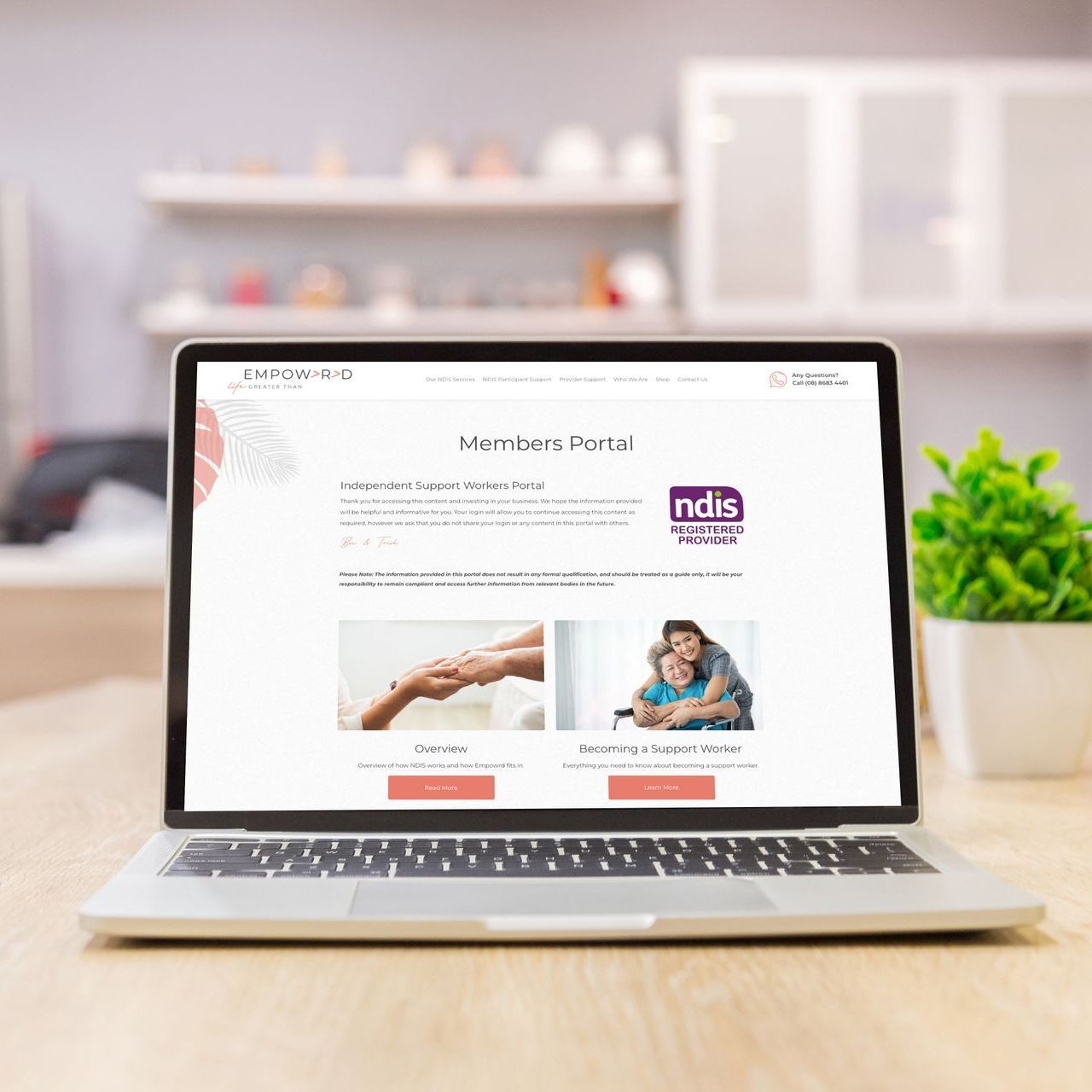
Want to Become a Support Worker?
Our Independent Support Workers Education Portal provides everything you need to navigate the NDIS, find work, and confidently offer services as an Independent Support Worker. For just $65, you will gain access to comprehensive guides, essential resources, and ready-to-use templates to streamline your work.
Inside, you will find:
- A clear breakdown of how the NDIS works
- Tips for finding jobs and delivering services
- Step-by-step guidance on invoicing and support planning
- Ready-to-edit templates for quotes, service agreements, invoices, and case notes
Need just the templates? You can also purchase them separately as standalone resources.
I hope you enjoy reading this blog post.
If you are ready to be Empowrd to live your life to the fullest, let us steer you on the right path.
Be EMPOWRD to Live Your Best Life
If you’re ready to be empowered to live life on your terms, we’re here to help guide the way. At Empowrd, we offer a personal, accessible, and holistic approach to NDIS Plan Management and Support Coordination. We’ll ensure your plan works for you, allowing you to focus on your goals and the things you love most.











